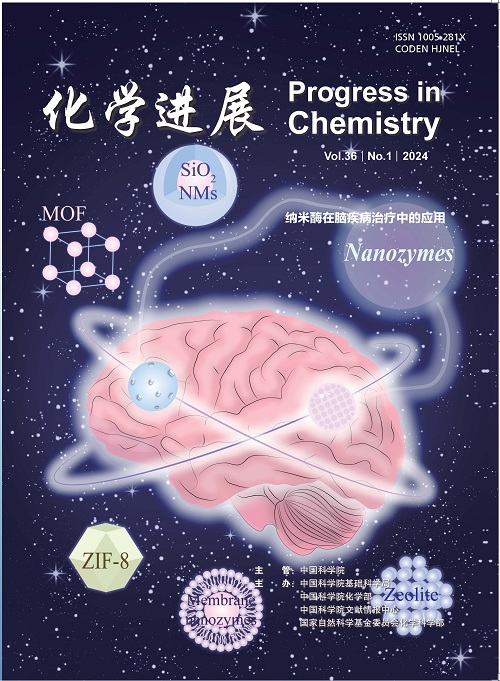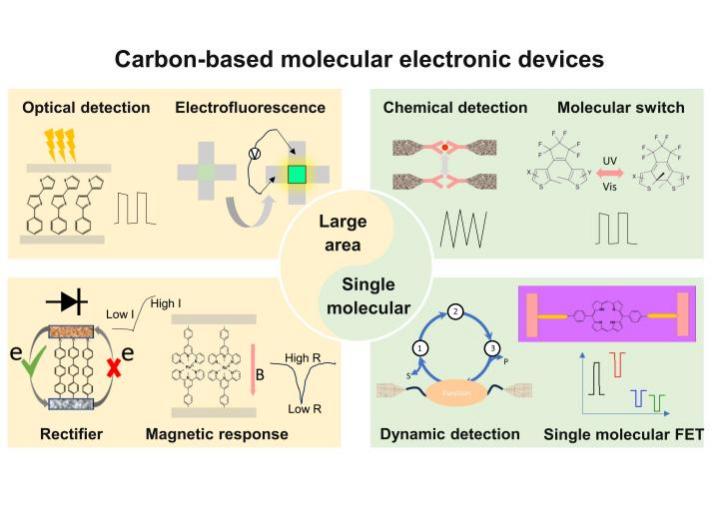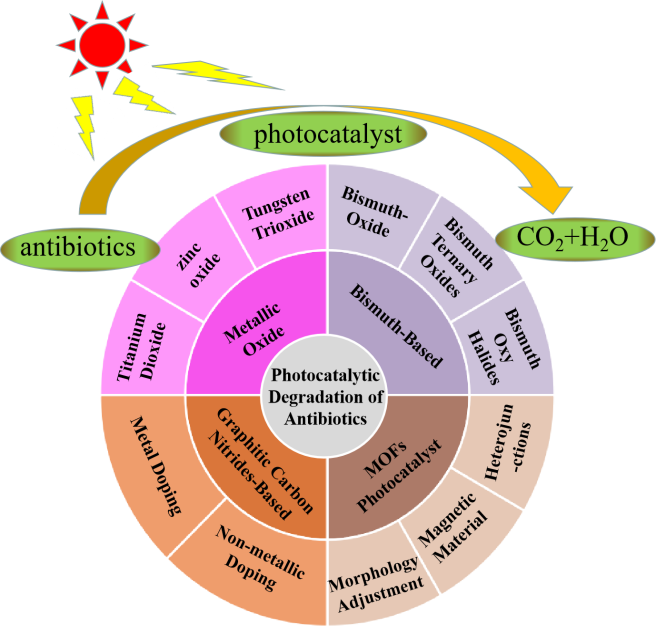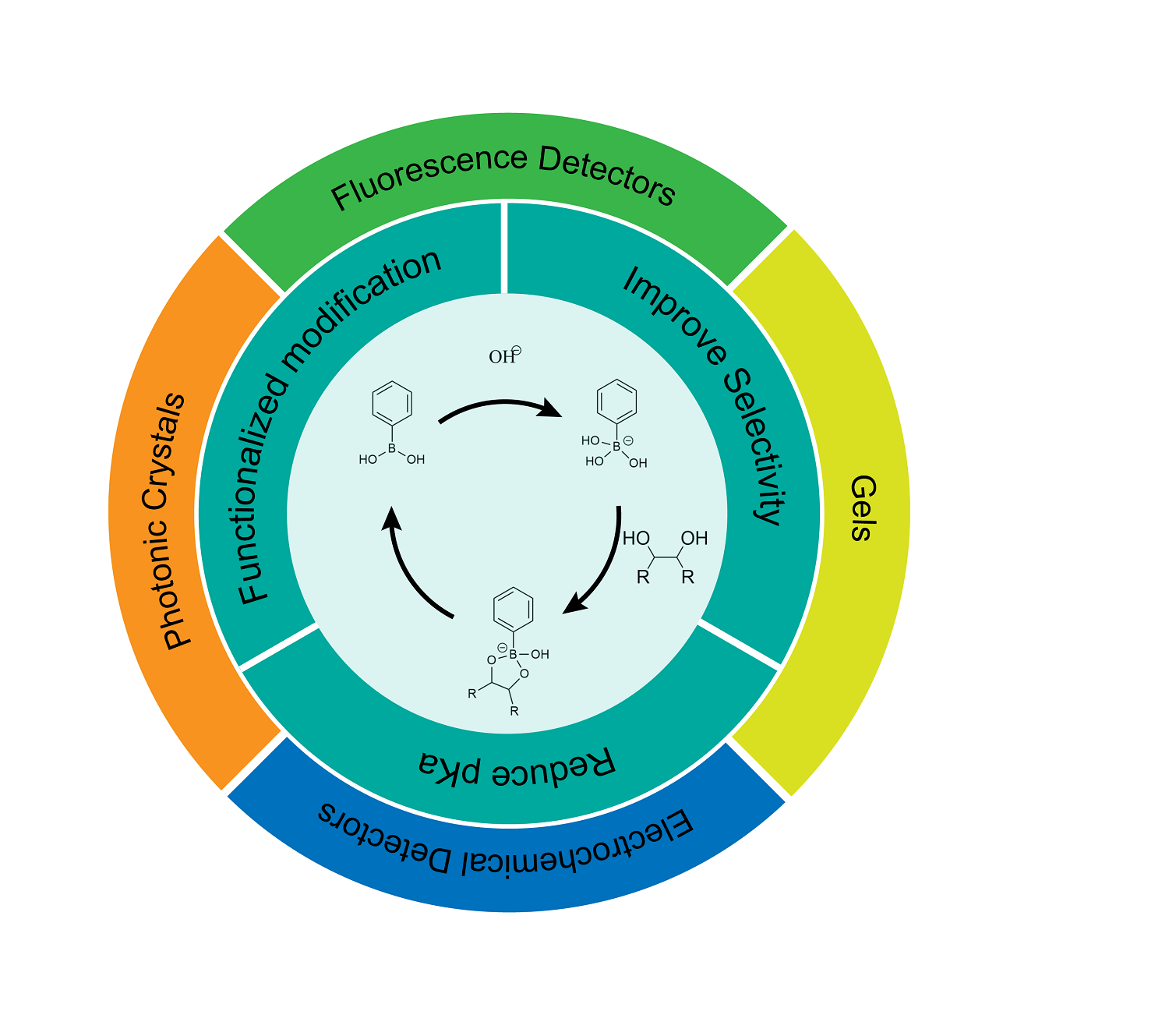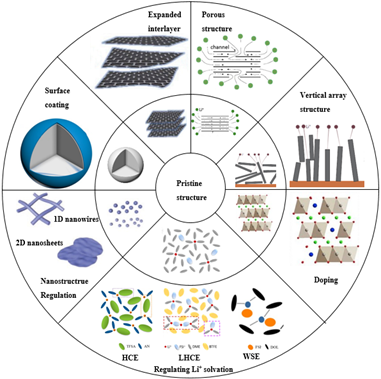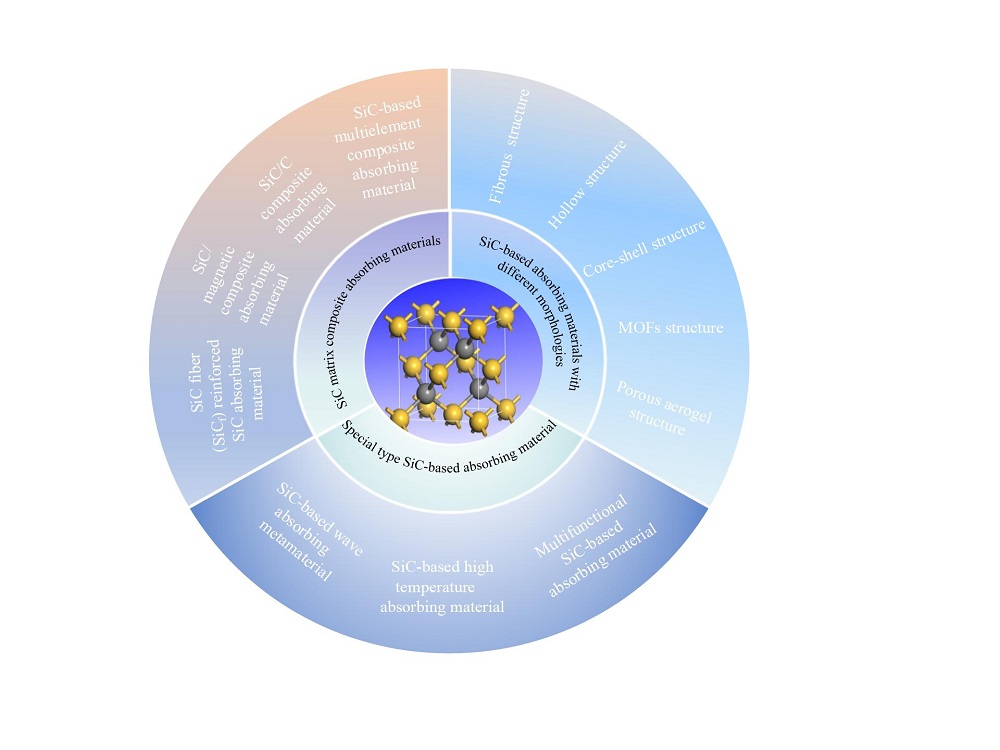Junhong Xue, Xuan Ji, Cong Chen, Xiaohai Ding, Xi Yu, Wenping Hu. Molecular Electronic Devices Based on Carbon Electrodes[J]. Progress in Chemistry, 2024, 36(1): 1-17.
Molecule-based electronic devices, using the intrinsic electronic structure of molecules as device units and constructing electronic devices at the molecular scale, serve as an ideal experimental platform for studying molecular charge transfer mechanisms. They also provide a novel strategy for achieving new functional electronic devices at the micro-nano scale. The realization of a micro-nano electrode gap and a reliable electrode-molecule connection are key factors in developing highly reproducible molecular devices. Carbon materials have been widely applied in the construction of molecular devices due to their remarkable chemical stability and abundant surface chemistry. This review summarizes the research status of using carbon as electrodes in molecular device construction, showcasing the prominent advantages of carbon materials, such as high stability, low cost, and scalability, as well as their applications and research progress in large-area molecular devices and single-molecule devices. The review presents a wealth of achievements in the construction of functional molecular devices, such as molecular switches and rectifiers, using carbon electrodes, as well as the study of the structure-performance relationship in molecular-electron transport. Lastly, this work analyzes the challenges currently faced in carbon-based molecular device research and provides prospects for the chemical connection of carbon electrode-molecular interface and functionalization of carbon-based molecular devices, as well as the integration of future molecular devices.
1 Introduction
2 Electrode materials in molecular junctions
2.1 Metal electrodes
2.2 Semiconductor electrodes
2.3 Carbon electrodes
3 Carbon electrodes in large-area molecular devices
4 Carbon electrodes in single molecular junctions
4.1 Preparation technology of carbon-based single molecular junctions
4.2 Function and regulation of carbon-based single molecular junctions
4.3 Analysis and detection of carbon-based single molecule devices
5 Conclusion and outlook





